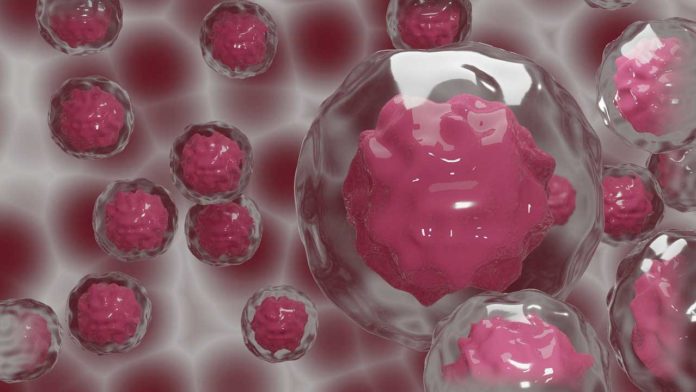Macrophages are innate immune cells that contribute to fighting infections, tissue repair, and maintaining tissue homeostasis. To enable such functional diversity, macrophages resolve potentially conflicting cues in the microenvironment via unclear mechanisms.
Macrophages are categorized into two categories: those that increase inflammation (known as “M1”) to attack and those that decrease inflammation to begin the healing process (“M2”).
The M1–M2 paradigm has helped scientists understand the innate immune response. Scientists, though, have long suspected that there’s more flexibility among macrophages in vivo than this two-category system suggests. That is, a cell can be both an attacker or a healer, depending on the circumstances. But what do individual macrophages do when confronted with M1 and M2 cues simultaneously in a controlled environment, such as a tissue culture dish?
Using single-cell RNA sequencing, scientists from the Yale School of Engineering and Applied Science offer a detailed comprehension of how individual macrophages react to different stimuli.
They found that, besides being a multitasker, the Macrophages are more inclined toward responding to specific cues than others.
Miller-Jensen said, “We decided to try it with single-cell sequencing. By doing so, we got a much more detailed picture of macrophages’ responses when stimulated with both inflammatory and resolving stimuli. They found a great deal of variability, including a subset of cells that seem to respond to only one cue or the other for certain key functions like secretion.”
“The stimuli are the environmental cues, but we think that there might be some variability in the regulatory network inside the cells that allow some of them to respond more strongly to one cue versus another at any given time.”
“It’s an important step toward a better understanding of the different types of macrophages.”
“It could help us identify how macrophages exist in these different states in a tumor, or non-healing wounds, and other disease environments. If we had a more sophisticated understanding of what subsets exist, we might better figure out how to target them or regulate them.”
“The diverse responses to opposing cues may allow macrophages to more readily adapt to changing environments, as well as to transition from attack mode to focusing on tissue repair quickly. They might need to respond to a lot of cues at the same time, so a few of the macrophages might be primed to respond and be the attackers.”
“So when they see both of those cues at the same time, it’s important to have at least some of those cells to secrete what needs to be secreted – but maybe not all of those cells because some may need to do something else.”
Journal Reference:
- Muñoz-Rojas, A.R., Kelsey, I., Pappalardo, J.L. et al. Co-stimulation with opposing macrophage polarization cues leads to orthogonal secretion programs in individual cells. Nature Communications 12, 301 (2021). DOI: 10.1038/s41467-020-20540-2
